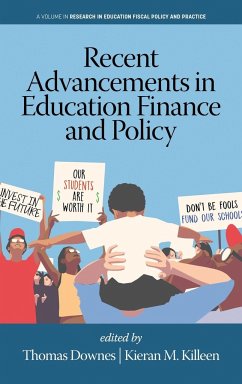The past decade has seen a steady flow of important and innovative papers documenting the short- and long-term effects of finance reforms and the heterogeneity of the effects of reforms, exemplified by papers like Jackson, Johnson, & Persico (2016), Lafortune, Rothstein, & Schanzenbach (2018), Hyman (2017), and Candelaria and Shores (2019). Those papers have reinvigorated research on the effects of finance reforms, while raising important questions about how to best design a finance system and generate necessary revenues. The papers mentioned above, along with other papers too numerous to mention, have taken advantage of better data and better methods to address long-standing questions and generate provocative new answers. Since the landscape has changed quickly, policy makers and prospective researchers require a summary of the current state of the research on the effects of school finance reforms. To help prepare the next generation of researchers and policy makers in the realm of school finance, this volume includes papers that summarize the current state of research on the questions above, as well as other pressing questions in education finance and policy. The book aims to bridge a space between comprehensive textbooks and journal articles in the field of education finance and policy. There are two main target audiences. The book is meant to serve professionals like school district administrators and education policy practitioners that desire a contemporary update to their previous study of education finance and policy issues. These audiences often have limited access to peer reviewed journals and knowledge of pertinent government and related policy reports in the field. The book is also meant to serve students and faculty from programs in public administration, public policy, community development and applied economics, education administration, educational leadership and policy studies that are studying content related to education policy, the economics of education, state and local public finance, and taxation. Some upper-level undergraduate students may also benefit from this resource.








